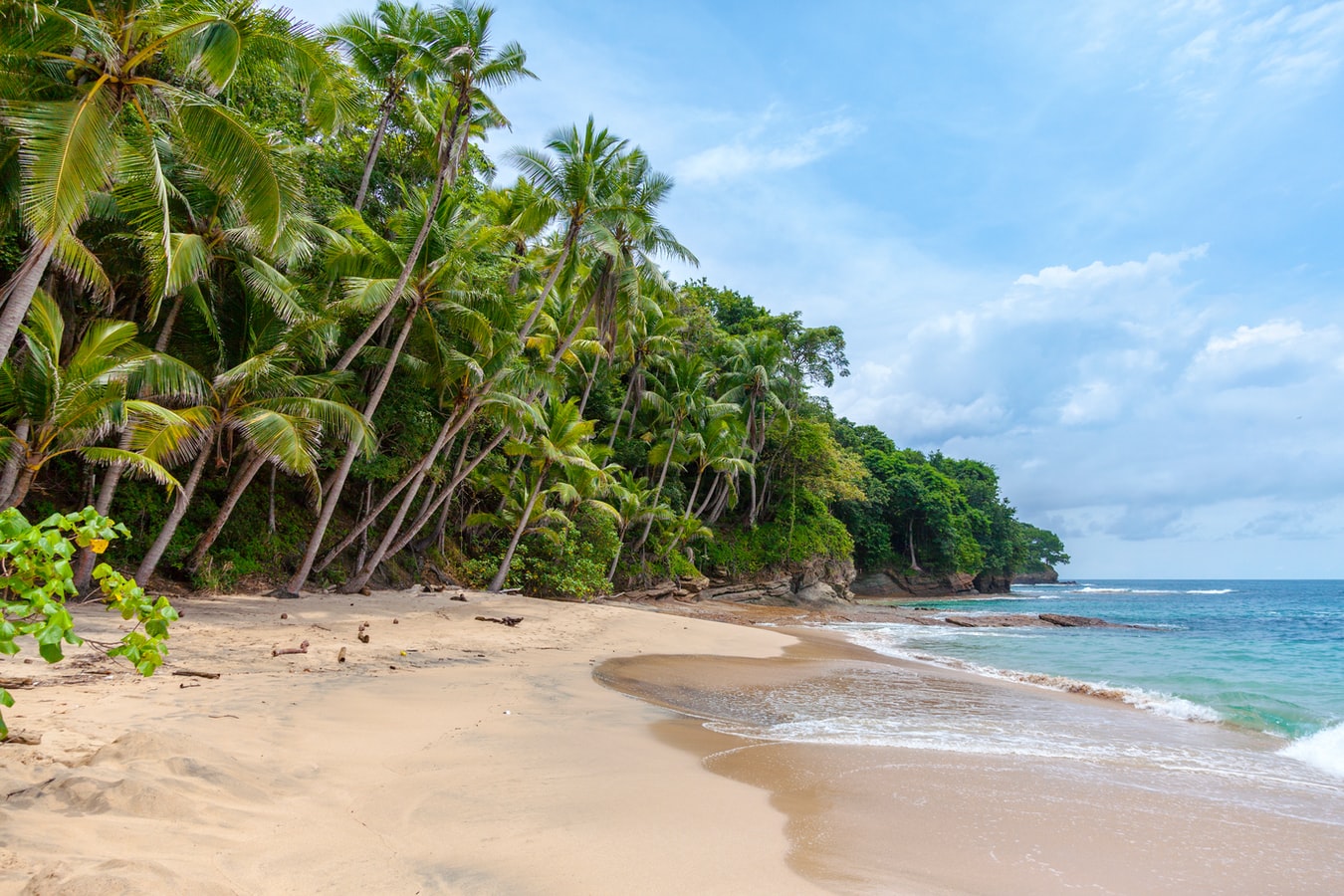Published in the journal, Nature Climate Change, the study shows that several countries could lose more than 60% of their sandy coastlines under both moderate and worst-case warming scenarios, including Congo, Gambia and Pakistan. Australia is set to lose the most in terms of total length- 9 227 miles, or 50%, of the country’s sandy coastlines are at risk of disappearing by 2100 under worst-case warming. Canada is expected to lose the second largest amount of coastline in terms of length, with up to 8 963 miles at risk of being lost, followed by Chile, Mexico and China. The US is fifth, with up to 3,436 miles at risk.
The scientists found that even moderate climate change action could prevent 17% of this shoreline retreat by mid-century and 40% by 2100.
The team of researchers analysed 35 years of satellite data and 82 years of climate and sea level rise projections, and ran more than 100 million storm event simulations. The researchers warn of irreparable shoreline retreat should humanity fail to enact substantial climate change action, saying, “Increasing urban density, population growth and coastal development, coupled with rising sea levels, will substantially impact the shape of the world’s coastlines.”
 In the photo: Beaches benefit tourism as well as providing natural beauty, but their decline could expose coastal areas to immense damage. Photo credit: Unplash.
In the photo: Beaches benefit tourism as well as providing natural beauty, but their decline could expose coastal areas to immense damage. Photo credit: Unplash.
Sandy beaches line more than 30% of the world’s coastlines, serving vital roles in local economies and cultures, and they also act as natural buffers to coastal storms. Beaches in densely populated areas run the biggest risk of drastically decreasing as a result of large-scale tourism in some areas, and infrastructure development to accommodate the growing number of people. Adaptive measures need to be put in place to warn locals and tourists of the damage of their presence in these spaces to nurture more attentive usage of them.
However, it is not just sandy beaches that are being threatened by the climate crisis, but also estuaries and other coastal ecosystems. A study published in Ecological Monographs blames this on anthropogenic forces, saying that the deterioration of these ecosystems is due to human activities that are ‘intense and increasing’; 50% of salt marshes, 35% of mangroves, 30% of coral reefs, and 29% of seagrasses are either lost or degraded worldwide’.
 In the photo: As well as beaches, other ecosystems, such as mangroves, are being threatened by climate change. Photo credit: Unsplash.
In the photo: As well as beaches, other ecosystems, such as mangroves, are being threatened by climate change. Photo credit: Unsplash.
With sandy beach decline comes a host of other issues, including the decline of oyster reefs, seagrass beds, and wetlands at a rate of 69%, as well as a decline of 33% of viable fisheries. This will only get worse as the disappearance of sandy beaches progresses.
The position of the beach is ‘unique’, between sea and land. It is this liminal position that the benefits of tourism and naturalistic beauty can be found. Beaches’ ability to act as coastal barriers means that because those in the most densely populated areas are most at risk, the damage that is likely to come will be immense; already, typhoons and hurricanes cause hundreds of millions of dollars worth of damage, and as the climate crisis advances, the costs to repair damage may balloon to levels that cities are unable to afford.
Overall, it is evident that sandy beaches are soon going to disappear at an extreme cost to many communities across the globe. If measures are not put in place, potentially 50% of our coastline will be disposed of by 2100. Becoming aware of the problem is the first stage in hopefully limiting the reduction in our coastline.
Editor’s Note: The opinions expressed here by Impakter.com columnists are their own, not those of Impakter.com.













